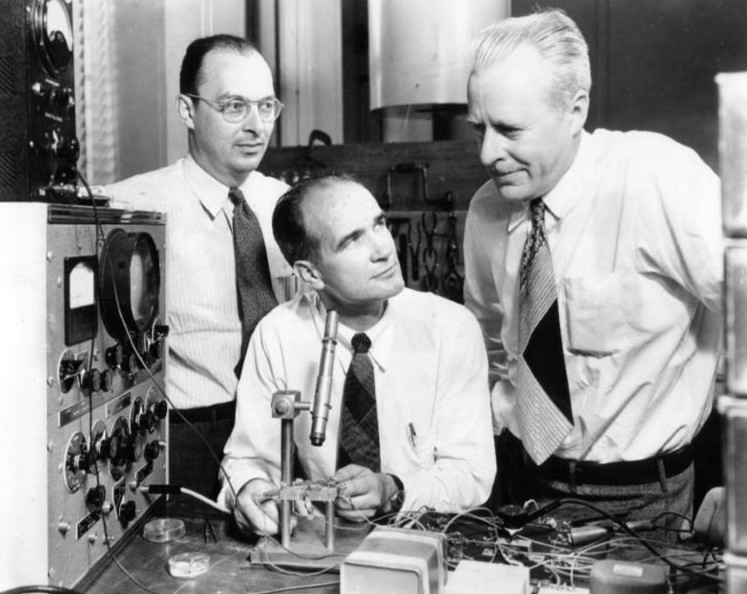For most of the 20th century the corporate lab dominated technological innovation. Then it lost its position to venture capital-funded startups. But now the idea of corporate labs being central to innovation is back. New technology giants such as Google and Facebook are creating new corporate labs, but this time the logic is different.
In the past, inventors dominated technology innovation. Up until the early 20th century, innovations were associated with an individual. Then innovation moved to corporate labs. Thomas Edison was an example of the transition from inventors to labs. We still associate Edison with specific inventions, but he was already working on ideas in a lab with several dozen people. A further example was when RCA beat Philo Farnsworth in bringing televisions to American homes; this was a victory of the corporate lab over the lone inventor.

Corporate labs were the preferred approach to innovation throughout most of the 20th century. Despite his idea of creative destruction, Joseph Schumpeter believed that most technological innovation would come from these labs because of the amount of resources they controlled. The most famous such lab was Bell Labs, part of the telecommunications giant AT&T. Bell Labs are credited with inventing a lot of technology that we use today such as the transistor, which is the basis of communications and information technology; the laser, and various programming languages. Eight scientists from these labs have been awarded Nobel prizes.
Yet the idea of corporate labs began to be questioned in the 1970s when the venture capital model was created. The startup was a new way of bringing radical innovation to the market. As part of this new tide, Bell Labs was sold in 1996 and then merged with other corporate initiatives.
This demise hinged on the argument that the work was too distanced from the market and it was therefore a bad investment for for-profit corporations. The argument went that basic research was to be carried out at universities and funded by governments for the public good.
Companies like Google and Facebook are now setting up these labs. They are hiring entire computer science departments and bringing them in-house. These departments were working on technology that is not intended to reach the market in the near future, still these companies want to claim them. What is the logic for the renaissance of these corporate labs?
Part of it is the need to delve back into the science aspect of technology to create competitive advantage that is really sustainable. Close-to-the-market technology is relatively easy to replicate by competitors through reverse engineering. Large corporations have the capability to swiftly mimic technology that is relatively close to the technology they already dominate. Science that is much further down the creation chain is much harder to copy and much easier to keep secret and build a lead time that will severely affect competitors.

Another piece of the puzzle is the ability to block competitors for long periods of time giving innovators a monopoly long enough to create the next radical innovation. This blocking comes from the uniqueness of the technology developed but also from designing a business model that keeps competitors at bay. The benchmark example the quasi-monopoly on tablets that Apple had with its iPhone and iPad for several years. It was not only the radicalness of the product—many other products have been as radical and quickly copied, but Apple designed a business model that created network economies and absorbed the supply of key components for several years. With the touch screen for instance, Apple controlled the supply of this key component for several years, absorbing most of the available capacity. Even if competitors solved the technology challenges of a touch screen, they weren’t able to buy it! This delay gave Apple ample time to develop its platform and create the network economies that keep Apple at the top of the mobile world.
Google is another example. The company has been hiring the top talent from universities for years now with the objective of creating the next radical innovation. They work much as if they were in their university labs, but their advances are not published in journals for public consumption, but are all focused on creating the next big thing. It is not about tweaking existing businesses, but about creating new ones. These big objectives can only be met if the company goes way back into the science pipeline.
So, corporate labs are back. This time it is not about Nobel prizes and having scientists work on what they feel they want to work on. This time it is about hiring top talent whose work is aligned with some of the big radical innovations that these corporations are pursuing. Startups still have their place in the innovation ecosystem, but systemic innovations with a significant dose of technology will come from these new corporate labs.



We can expect those new corporate labs created by new technology giants to bring us more great innovations.